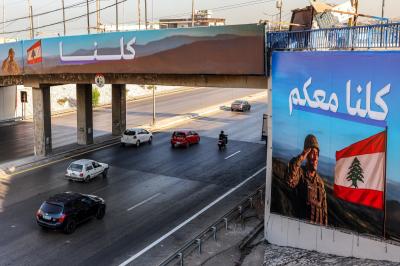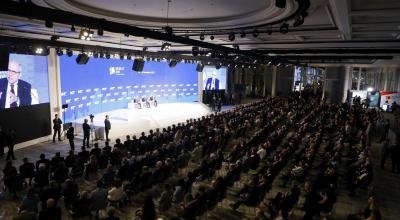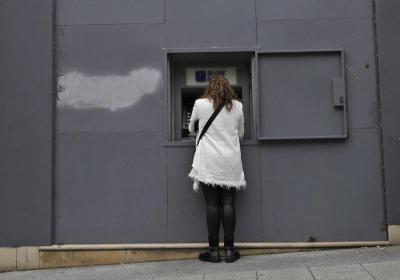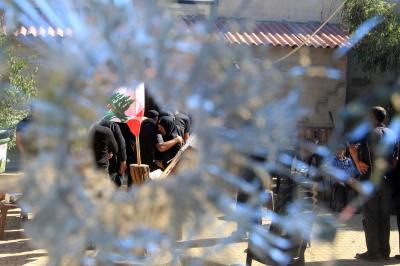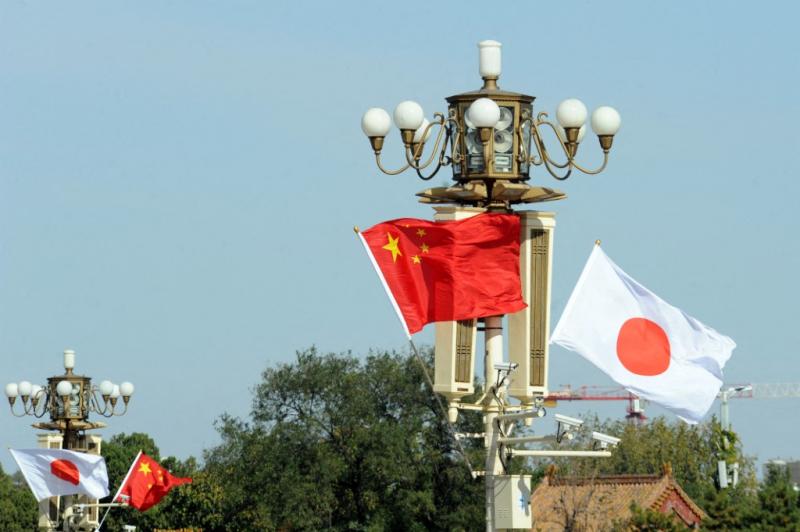A catastrophic financial collapse! This is the most accurate description of the crisis Lebanon has been experiencing since 2019.
This crisis is the result of an intersection between a financial collapse caused by decades of poor fiscal governance and deep structural economic imbalances, and chronic geopolitical instability for which Lebanon has been one of the most critical arenas.
This made the debt default of March 2020 inevitable rather than accidental.
The Theoretical Economic Foundations of the Collapse
Analysis indicates that Lebanon’s economic and financial developments—despite their chaotic nature—followed a logical path outlined in economic theory.
These developments can be attributed to three interconnected economic illnesses.
Understanding these illnesses provides a solid foundation for assessing the multilayered Lebanese crisis, which was not merely a financial collapse but a deeply structural one.
First — The Financially supported State Model: Adopting this model was Lebanon’s fundamental error, as the ruling political elite designed it to attract capital inflows.
According to the “rentier state theory,” Lebanon is a textbook case of a financial rentier state, where rent comes from financial mechanisms and external cash inflows rather than natural resources such as oil.
A thorough examination of Lebanon’s financial inflows reveals three primary sources: remittances from expatriates, foreign aid and deposits, and the “financial engineering” operations conducted by the central bank to attract deposits with high interest rates.
As a result, state revenues were disconnected from domestic tax collection, making the government reliant on external inflows instead of taxation—an act of major deception that masked deep fiscal unsustainability.
This allowed the ruling elite to use state resources to fuel patronage networks and corruption instead of investing in development, ultimately creating an uncontrollable debt spiral.
These inflows triggered a severe case of Dutch disease, producing a combination of dependence on external inflows, erosion of the productive sector, and an unsustainable dynamic in public debt.
Second — The Dutch Disease Theory: The massive financial inflows generated by the rentier model (tens of billions of dollars annually) produced a phenomenon similar to an “oil boom.”
This directly raised the real exchange rate of the Lebanese pound, making imported goods cheap and exported goods expensive, creating a chronic trade deficit of about $15 billion annually.
Inevitably, the industrial and agricultural sectors collapsed due to their inability to compete, while the services sector flourished.
This created an economy fundamentally dependent on excessive imports and consumption without any productive capacity to finance that consumption.
The sudden halt of external financial inflows in 2019 was the spark that ignited the collapse.
Third — The Theory of Unsustainable Debt Dynamics (r > g): Its core is that the debt-to-GDP ratio grows rapidly when the average real interest rate on debt (r) consistently exceeds the real GDP growth rate (g).
This made controlling public debt nearly impossible, making default only a matter of time.
Mechanically, Dutch disease suppressed real economic growth, while external inflows forced interest rates to remain high to attract liquidity.
The accounting result was disastrous: the average real interest rate on debt soared compared to real GDP growth, while borrowing continued to rise.
Public debt doubled between 2006 and 2016, while economic growth declined after 2011.
The Geopolitical Factor That Amplified the Crisis
Geopolitical tensions have played a significant amplifying role in Lebanon’s crisis since the mid-1990s.
These repercussions intensified after the July 2006 war, particularly along the southern border and inside Lebanon during the years following the outbreak of the Syrian conflict in 2011.
Whenever signs of relative stability appeared, geopolitical shocks struck the economy and reset it to zero.
First, the direct physical damage from the latest conflict, which caused enormous destruction to infrastructure and homes in the South.
According to World Bank estimates, the direct economic losses from this conflict reached around $14 billion.
Meanwhile, reconstruction needs alone exceed $11 billion.
Second, Long-term effects on vital sectors, as key parts of Lebanon’s economy, suffered severe losses.
Sectors such as tourism—the main source of foreign currency—and agriculture suffered heavily, with enormous crop losses, contaminated farmland, and disruptions to trade and logistics in the South and Bekaa.
Third, A massive contraction in the size of the economy, which has shrunk since 2020 to nearly half its pre-crisis GDP.
The economy is expected to contract further this year amid ongoing geopolitical tensions.
The Vicious Cycle of Mismanagement and Geopolitical Shocks
In conclusion, Lebanon’s crisis can be summarized as a vicious cycle driven by two primary forces:
First, chronic economic and financial mismanagement expressed through economic models with deep structural defects led to soaring public debt and the erosion of productive sectors.
And the entrenchment of an economy dependent on external inflows rather than domestic production and development.
Second, geopolitical tensions and conflicts that repeatedly struck the economy and reset it due to internal and external wars.
Therefore, any exit path from the crisis must be comprehensive and simultaneous, involving deep structural reforms to dismantle the rentier economy, build a productive and resilient one, and undertake a full restructuring of sovereign debt and the banking sector.
Without such an integrated approach, Lebanon will remain trapped in this destructive cycle.
Please post your comments on:
[email protected]
 Politics
Politics




